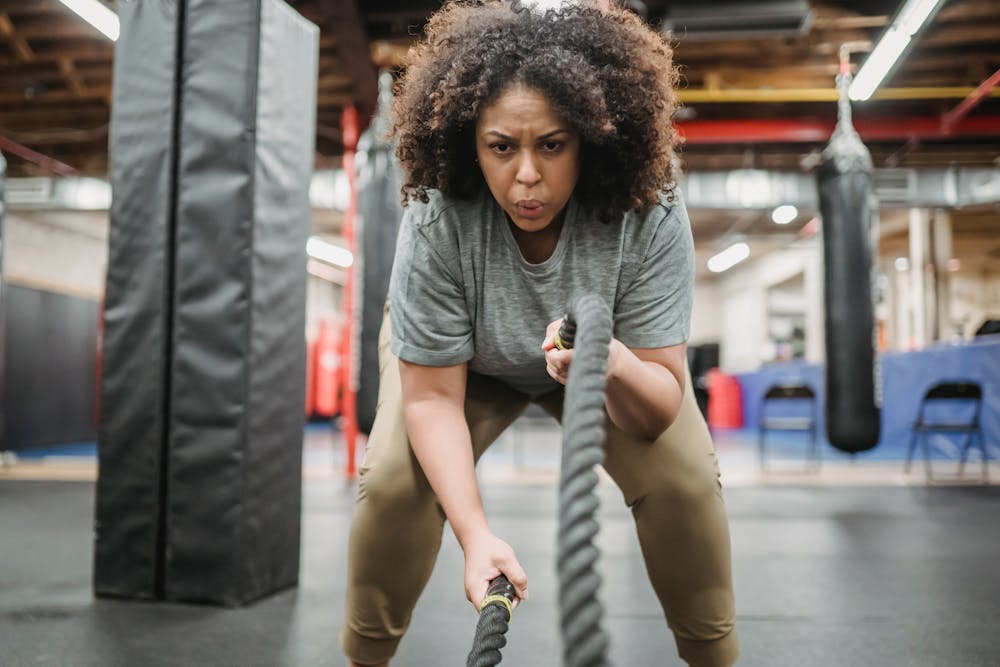Functional fitness has become a cornerstone of my training regimen, shaping the way I approach exercise and movement in my everyday life. Rather than focusing solely on lifting heavy weights or mastering complex movements, functional fitness emphasizes exercises and training methods that translate directly to real-life activities and improve overall functional movement patterns.
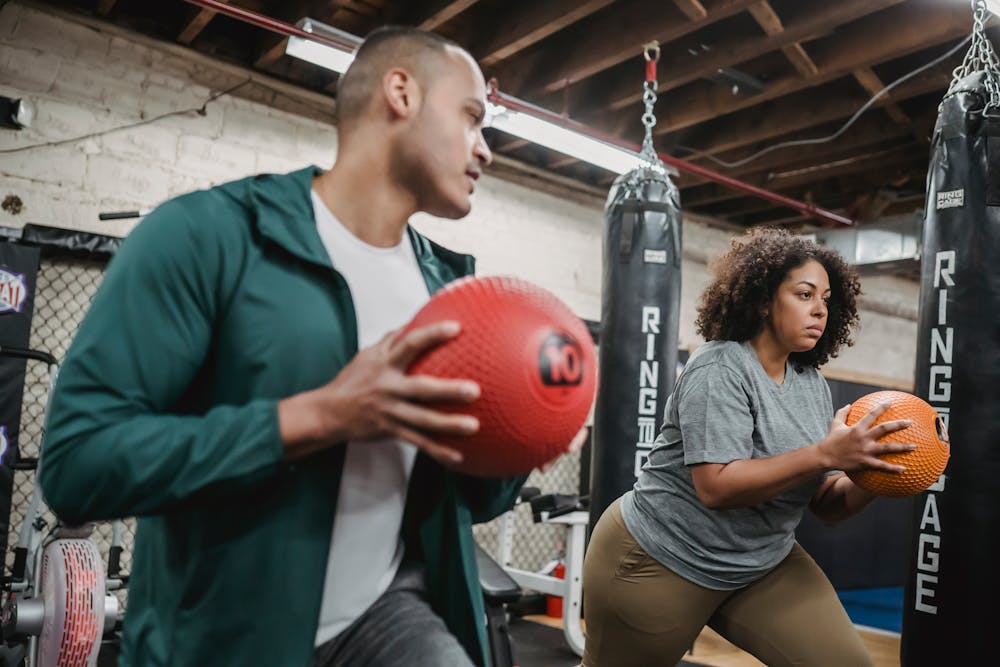 One of the key principles of functional fitness is the focus on compound movements that engage multiple muscle groups and mimic natural, everyday movements. Whether it’s squatting to pick up groceries, lunging to reach for something on a high shelf, or bending to tie my shoes, functional exercises like squats, lunges, deadlifts, and kettlebell swings help me develop strength, stability, and mobility in a way that directly translates to my daily activities.
One of the key principles of functional fitness is the focus on compound movements that engage multiple muscle groups and mimic natural, everyday movements. Whether it’s squatting to pick up groceries, lunging to reach for something on a high shelf, or bending to tie my shoes, functional exercises like squats, lunges, deadlifts, and kettlebell swings help me develop strength, stability, and mobility in a way that directly translates to my daily activities.
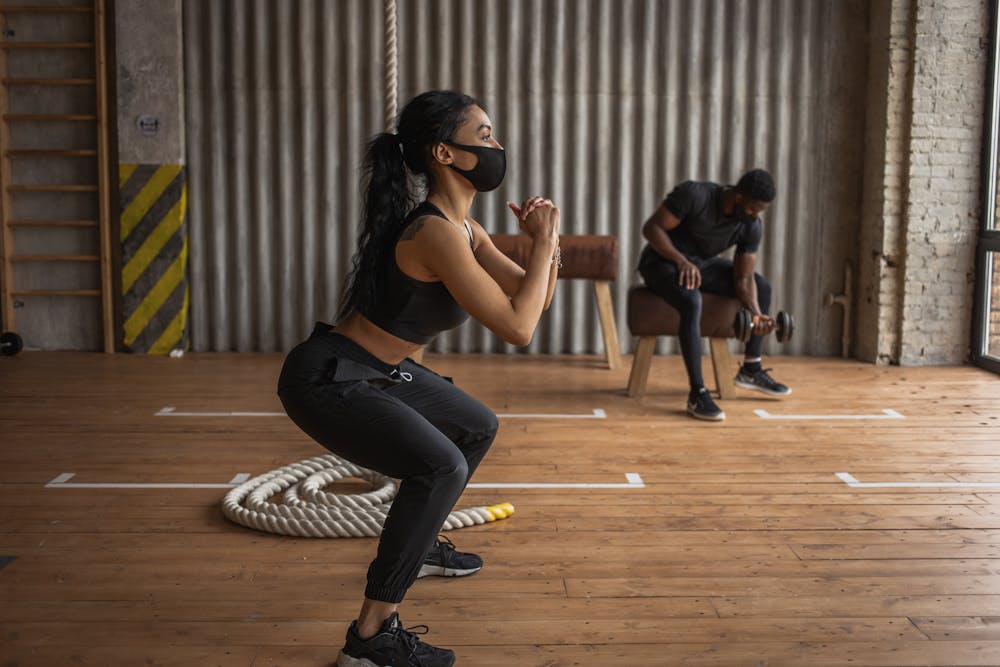 In addition to compound movements, functional fitness also emphasizes the importance of balance, coordination, and flexibility. Integrating exercises like single-leg balances, stability ball work, and dynamic stretches into my routine helps improve proprioception, body awareness, and joint mobility – qualities that are essential for preventing injuries and maintaining mobility as I age.
In addition to compound movements, functional fitness also emphasizes the importance of balance, coordination, and flexibility. Integrating exercises like single-leg balances, stability ball work, and dynamic stretches into my routine helps improve proprioception, body awareness, and joint mobility – qualities that are essential for preventing injuries and maintaining mobility as I age.
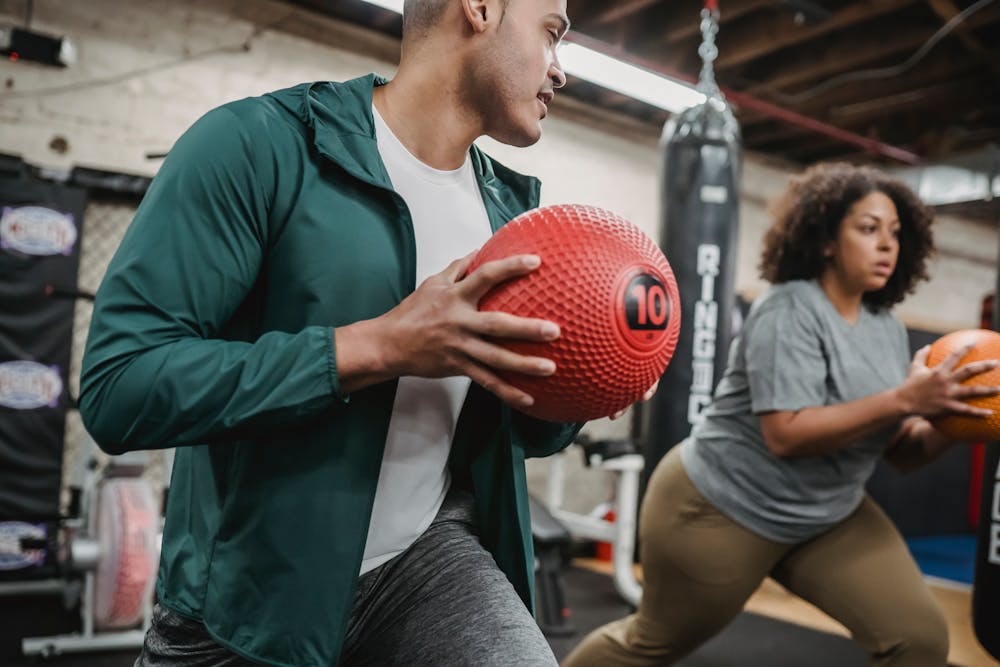 Another aspect of functional fitness that I appreciate is its scalability and adaptability to different fitness levels and abilities. Whether I’m a beginner just starting out on my fitness journey or an experienced athlete looking to take my performance to the next level, functional exercises can be modified and progressed to suit my individual needs and goals. From adjusting resistance levels and range of motion to incorporating instability and asymmetrical movements, there’s always room to challenge myself and continue making progress.
Another aspect of functional fitness that I appreciate is its scalability and adaptability to different fitness levels and abilities. Whether I’m a beginner just starting out on my fitness journey or an experienced athlete looking to take my performance to the next level, functional exercises can be modified and progressed to suit my individual needs and goals. From adjusting resistance levels and range of motion to incorporating instability and asymmetrical movements, there’s always room to challenge myself and continue making progress.
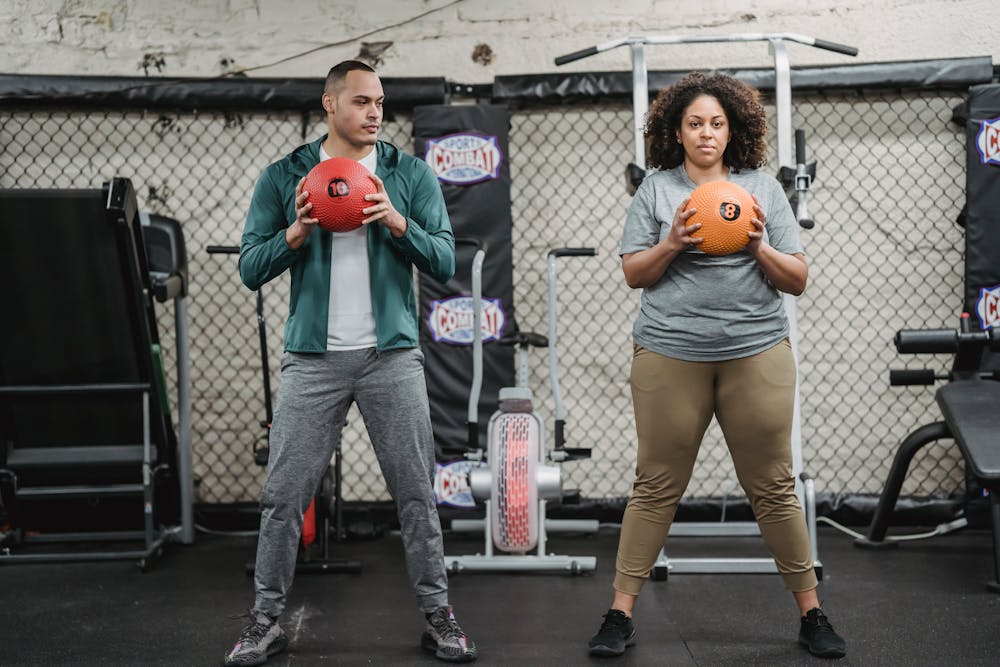 But perhaps the most significant aspect of functional fitness is its practicality and relevance to everyday life. Unlike traditional gym workouts that focus on isolated muscle groups or aesthetic goals, functional fitness prepares me for the physical demands of daily living – whether it’s carrying groceries, playing with my kids, or tackling household chores. By training movement patterns rather than individual muscles, I feel stronger, more capable, and more confident in my ability to handle whatever life throws my way.
But perhaps the most significant aspect of functional fitness is its practicality and relevance to everyday life. Unlike traditional gym workouts that focus on isolated muscle groups or aesthetic goals, functional fitness prepares me for the physical demands of daily living – whether it’s carrying groceries, playing with my kids, or tackling household chores. By training movement patterns rather than individual muscles, I feel stronger, more capable, and more confident in my ability to handle whatever life throws my way.
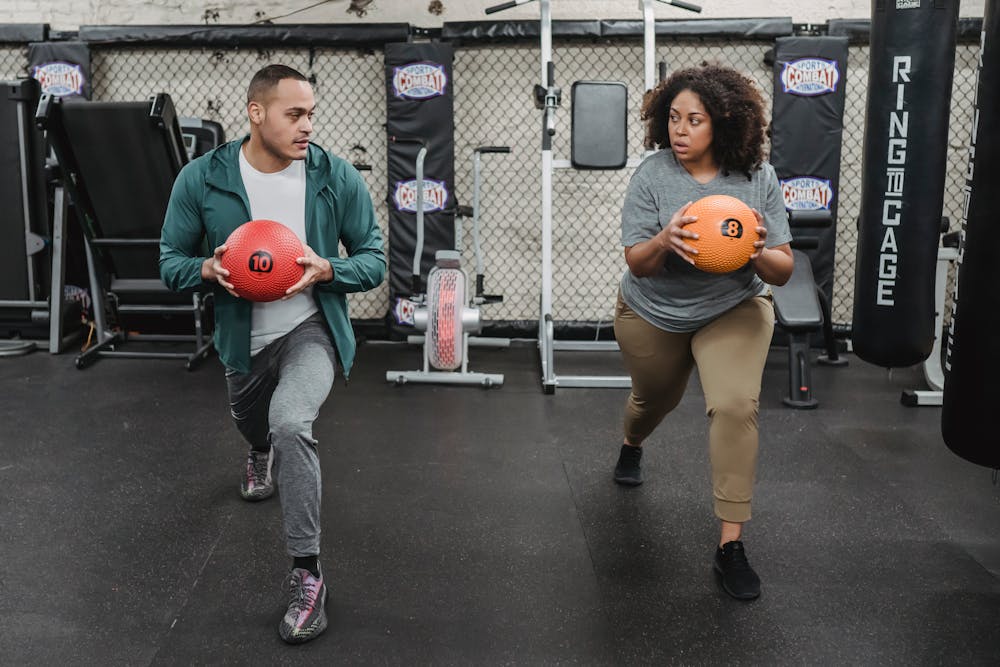 In conclusion, functional fitness has transformed the way I approach exercise and movement, shifting my focus from aesthetics to functionality and performance. By incorporating compound movements, balance and coordination exercises, and flexibility training into my routine, I’m able to improve my overall fitness and enhance my ability to perform everyday activities with ease and confidence. And while the journey towards functional fitness may require dedication and persistence, the rewards of improved strength, mobility, and vitality make it all worthwhile.
In conclusion, functional fitness has transformed the way I approach exercise and movement, shifting my focus from aesthetics to functionality and performance. By incorporating compound movements, balance and coordination exercises, and flexibility training into my routine, I’m able to improve my overall fitness and enhance my ability to perform everyday activities with ease and confidence. And while the journey towards functional fitness may require dedication and persistence, the rewards of improved strength, mobility, and vitality make it all worthwhile.
